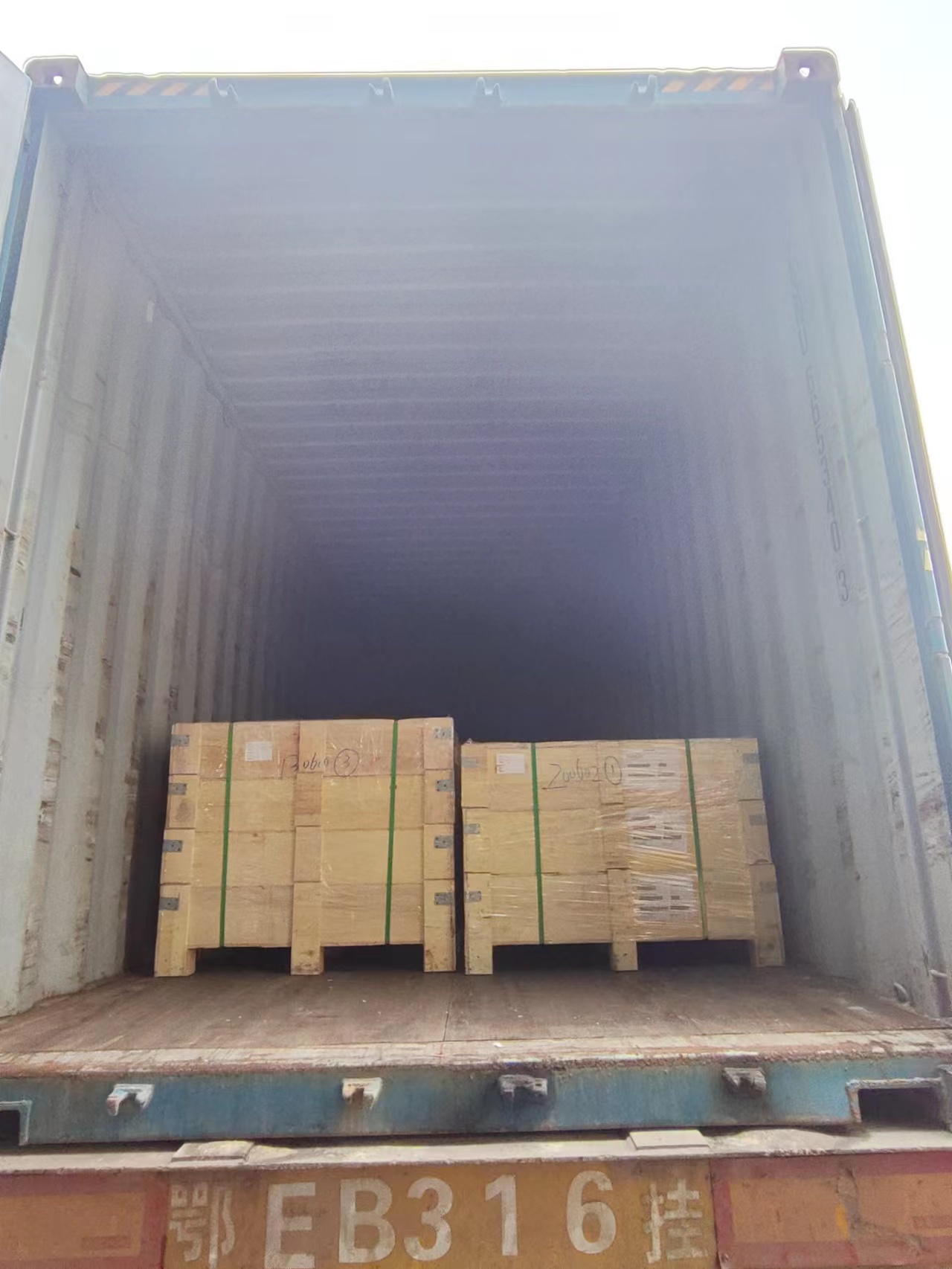What are the properties of forging?
2022-11-16
Forgings in forging generally have to go through forging, cutting, heat treatment and other processes. In order to ensure the manufacturing quality of the die and reduce the production cost, the material should have good malleability, machinability, hardenability, hardenability and grindability; It should also have a small oxidation, decarbonization sensitivity and quenching deformation and cracking tendency.
1. Malleability: It has low hot forging deformation resistance, good plasticity, wide forging temperature range, low forging cold cracking and precipitation of network carbide.
2. Annealing technology: spheroidization annealing temperature range is wide, annealing hardness is low and fluctuation range is small, spheroidization rate is high.
3. Machinability: large cutting amount, low tool loss, low machining surface roughness.
4. Oxidation and decarbonization sensitivity: When heating at high temperature, the antioxidant can be good, the decarbonization speed is slow, the heating medium is not sensitive, and the pitting tendency is small.
5, hardening: after quenching with uniform and high surface hardness.
6. Hardenability: a deeper quenching layer can be obtained after quenching, and the use of moderate quenching medium can be hardened.
7, quenching deformation and cracking tendency: conventional quenching volume change is small, shape warping, distortion is slight, abnormal deformation tendency is low. The conventional quenching cracking sensitivity is low and insensitive to quenching temperature and workpiece shape.
1. Malleability: It has low hot forging deformation resistance, good plasticity, wide forging temperature range, low forging cold cracking and precipitation of network carbide.
2. Annealing technology: spheroidization annealing temperature range is wide, annealing hardness is low and fluctuation range is small, spheroidization rate is high.
3. Machinability: large cutting amount, low tool loss, low machining surface roughness.
4. Oxidation and decarbonization sensitivity: When heating at high temperature, the antioxidant can be good, the decarbonization speed is slow, the heating medium is not sensitive, and the pitting tendency is small.
5, hardening: after quenching with uniform and high surface hardness.
6. Hardenability: a deeper quenching layer can be obtained after quenching, and the use of moderate quenching medium can be hardened.
7, quenching deformation and cracking tendency: conventional quenching volume change is small, shape warping, distortion is slight, abnormal deformation tendency is low. The conventional quenching cracking sensitivity is low and insensitive to quenching temperature and workpiece shape.
8. Grindability: The relative loss of the grinding wheel is small, no burn limit grinding amount is large, it is not sensitive to the quality of the grinding wheel and cooling conditions, and it is not easy to grind and grind cracks.
our goods are ready to ship to our happy customer-
this is real picture of shipment from tongxin precision forging

X
We use cookies to offer you a better browsing experience, analyze site traffic and personalize content. By using this site, you agree to our use of cookies.
Privacy Policy



